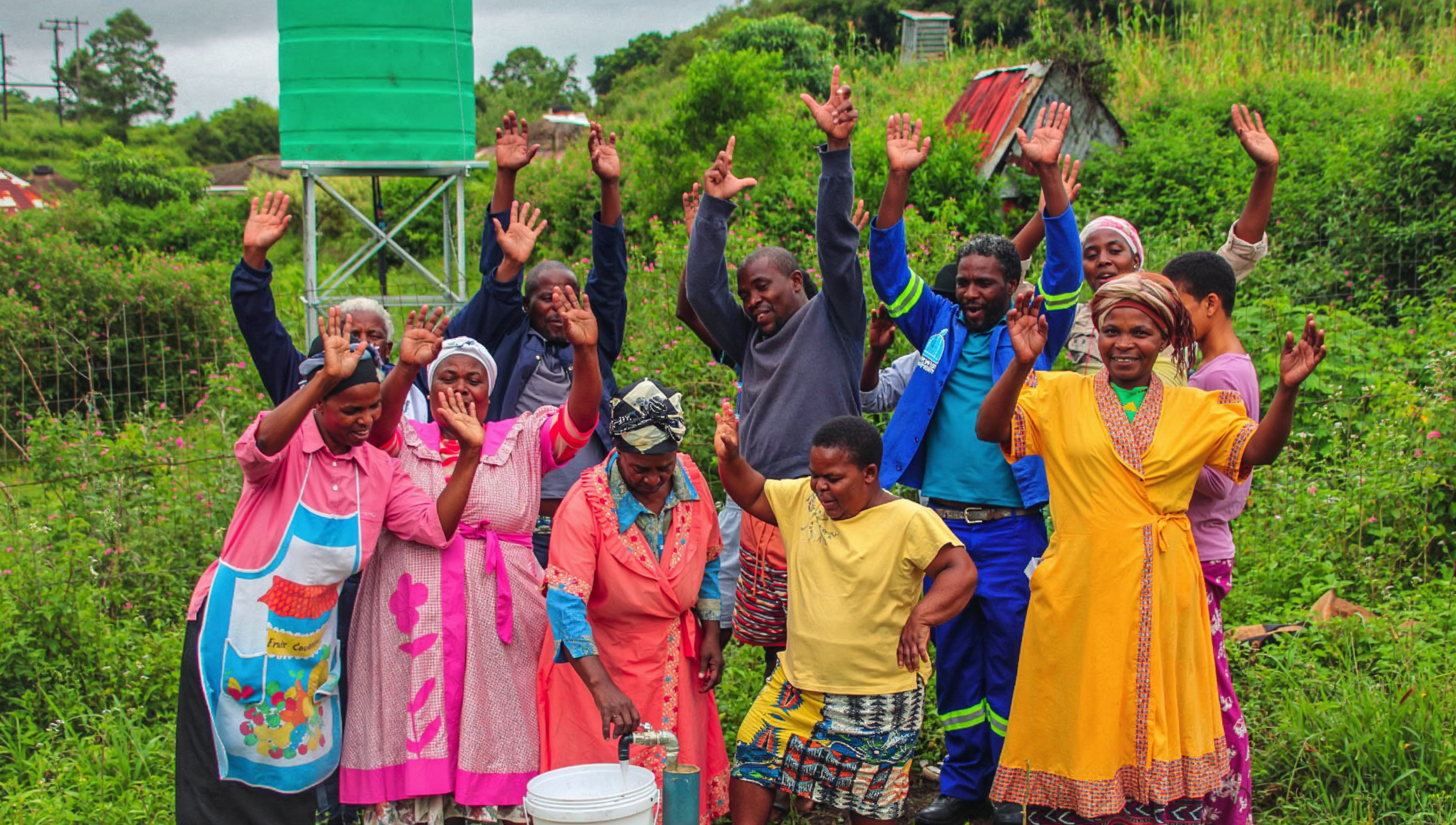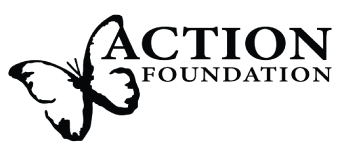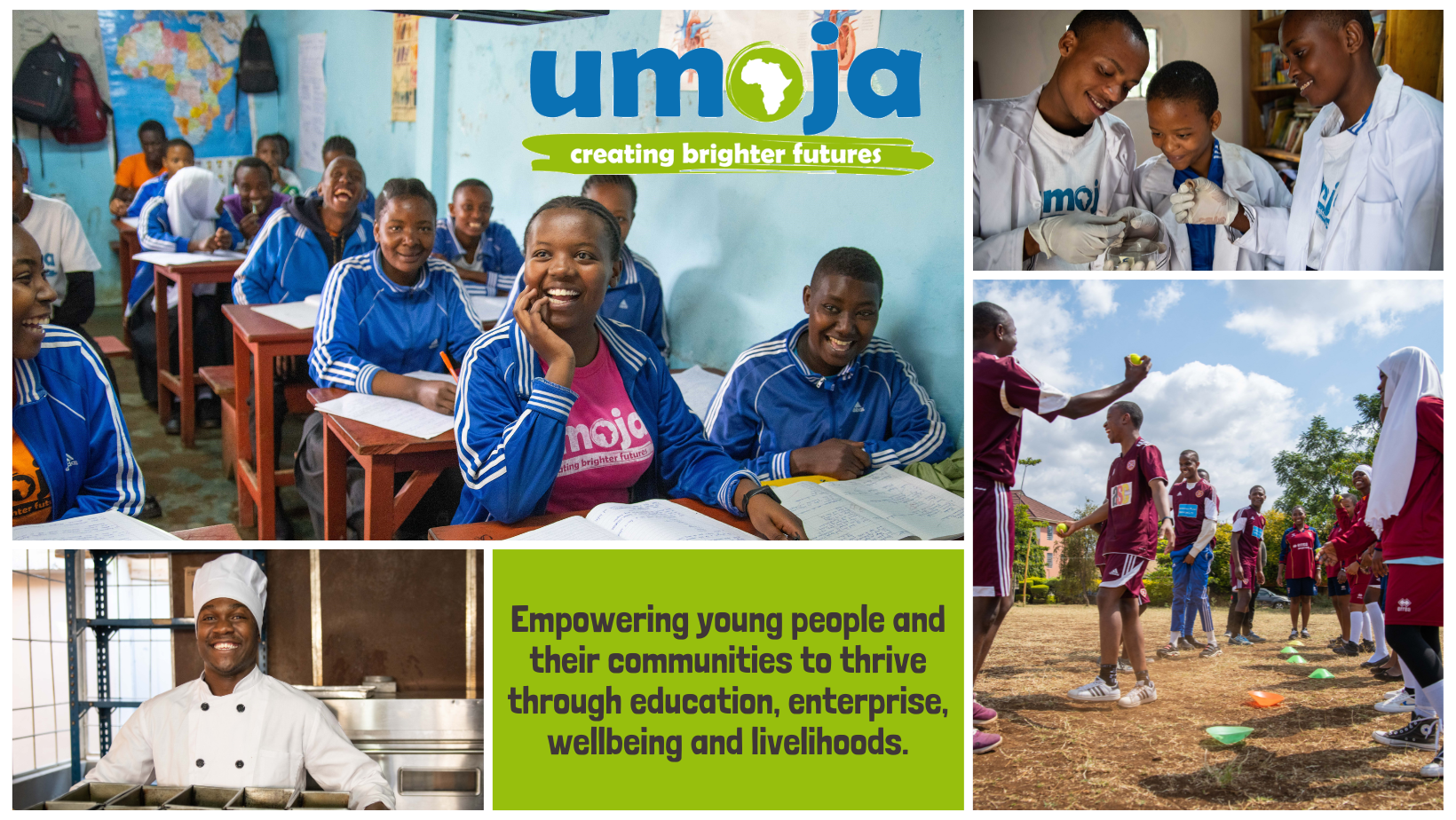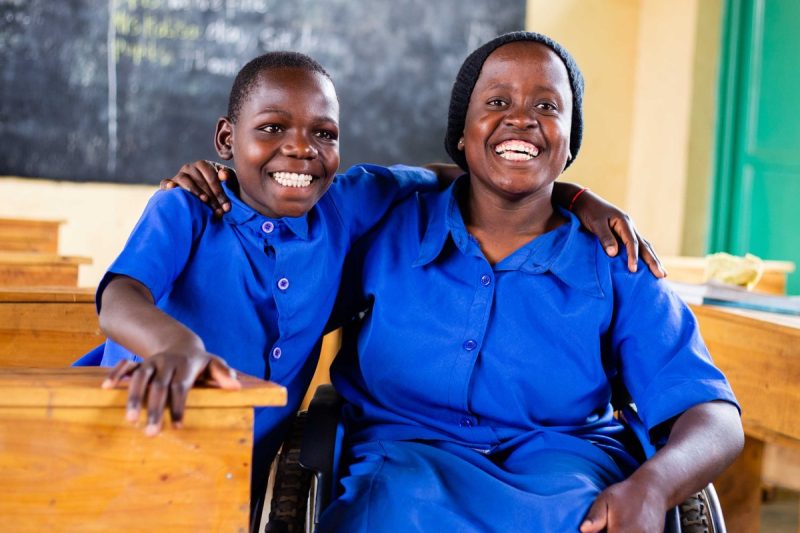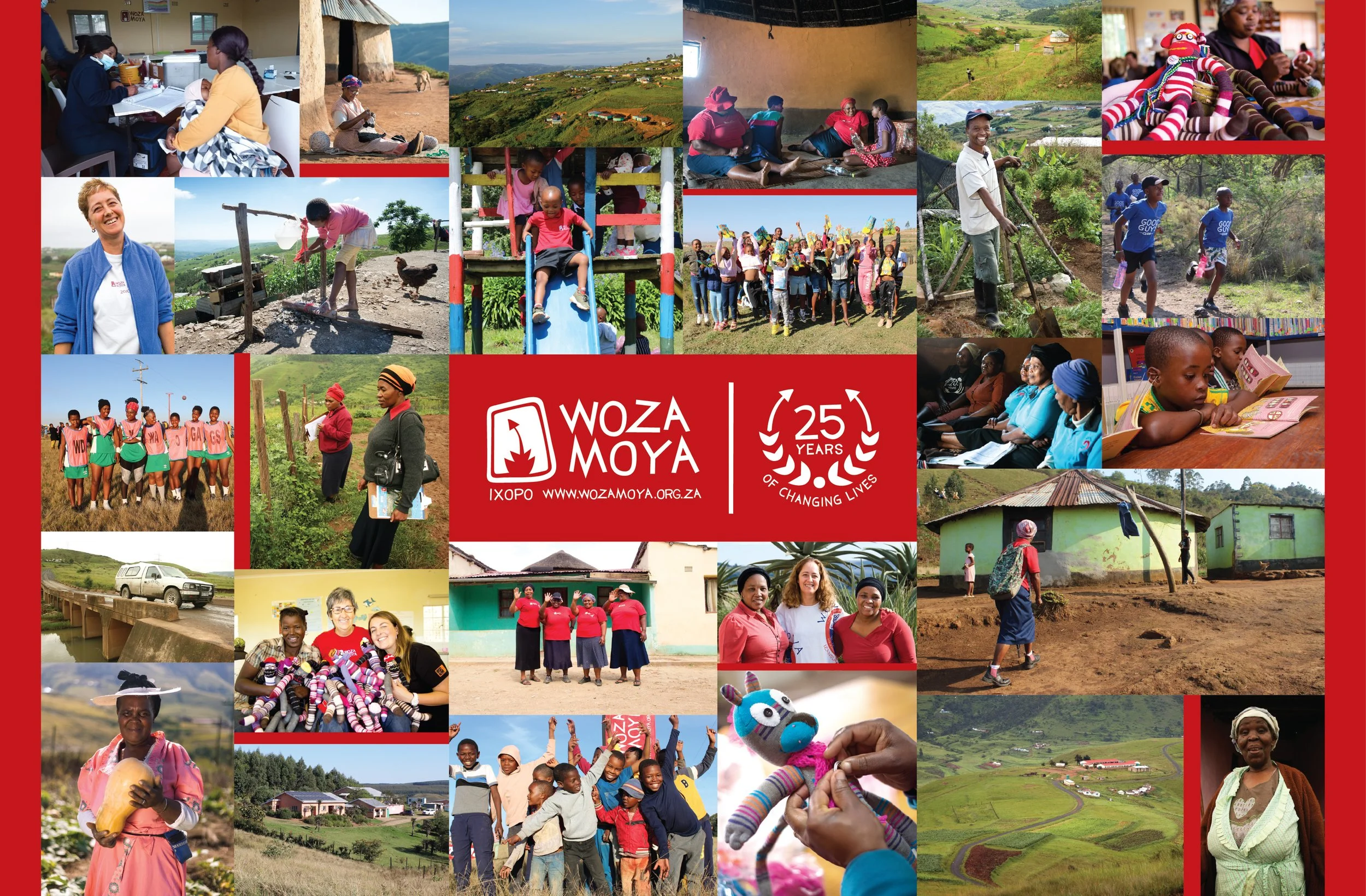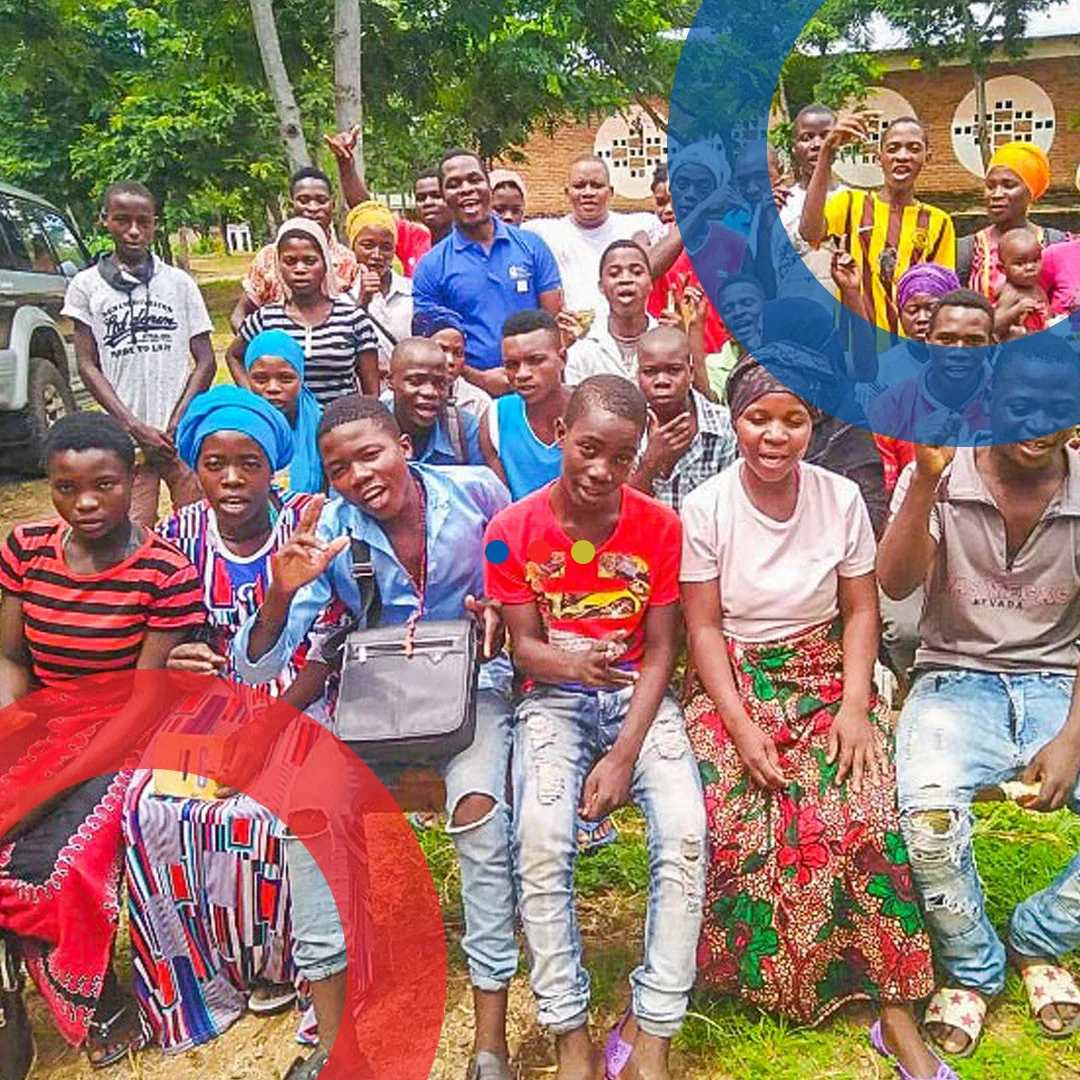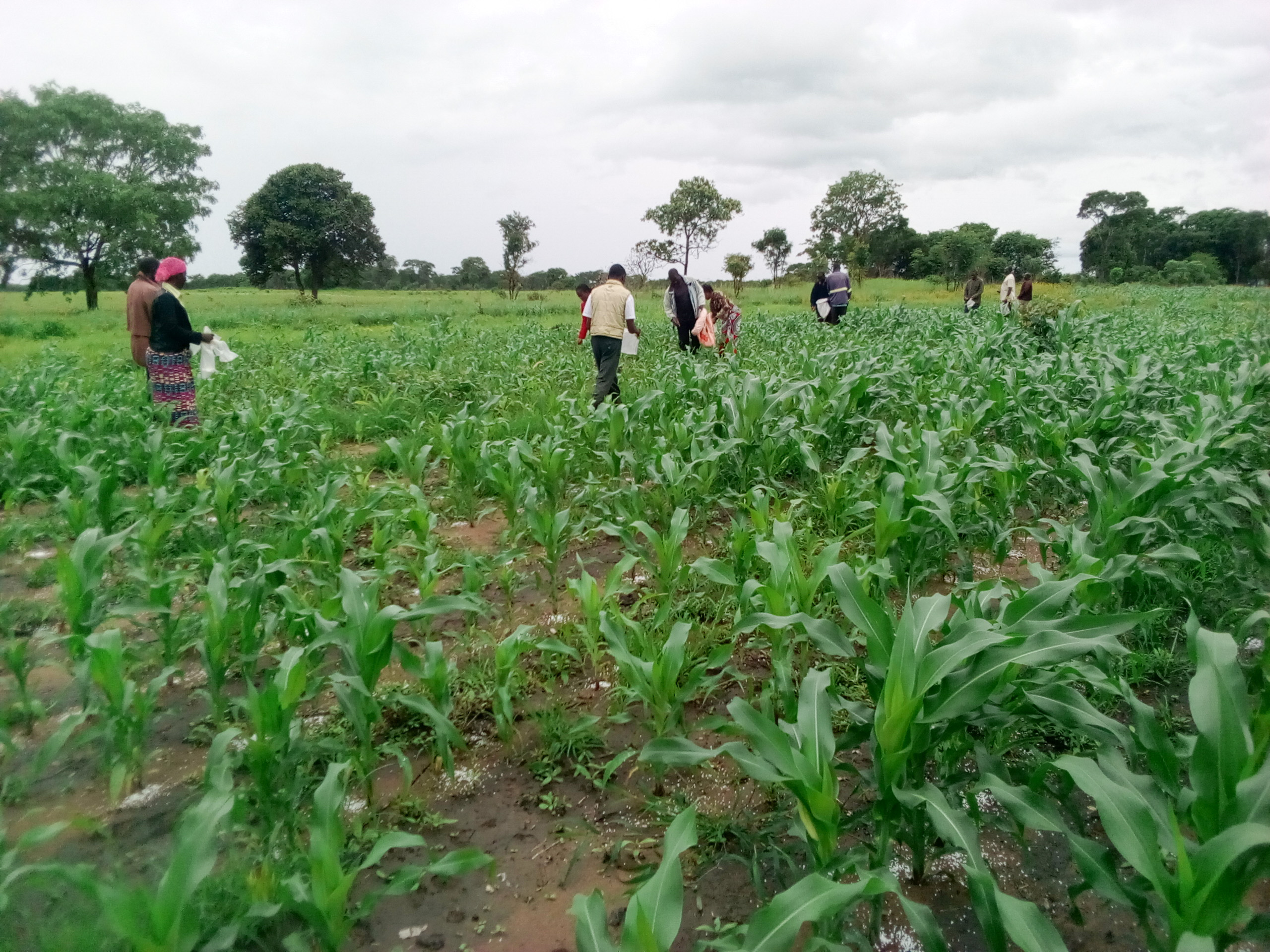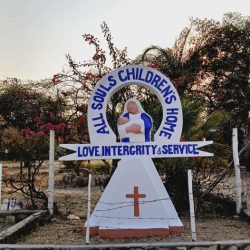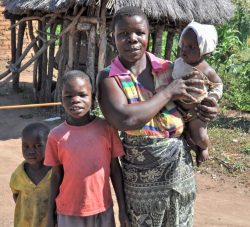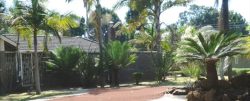-
St. Vincent de Paul Community Development Organization
Donate nowProtecting children and strengthening families
By providing access to essential services to children and families living in Kibera, Kenya’s largest informal settlement, St. Vincent’s is building a community in which children and their families can thrive. St. Vincent’s provides early childhood development, education, healthcare, nutrition support, business training, and runs a rescue centre for abused and abandoned children. -
Thanda After-School
Donate nowA safe environment for children to have fun, learn, and grow
Thanda provides innovative solutions for sustainable development in their community of Hibberdene, KwaZulu-Natal. They create safer, stronger communities by providing educational and skills-building opportunities to individuals and their households through early and creative learning and organic farming training. -
The Action Foundation
Donate nowBuilding equitable, inclusive, and resilient communities for children, women, and girls with disabilities
The Action Foundation empowers caregivers, teachers, and institutions to nurture and support children, women, and girls with disabilities by providing them with psychosocial support, skills, and resources needed to effectively care for children with disabilities. Their interventions improve access to health care, education, and economic empowerment through direct service provision and strengthening the capacity of existing education, health systems, and networks. -
Umoja Tanzania Incorporated
Donate nowImproving the lives of young Tanzanians
Umoja empowers young people in Arusha to thrive through holistic education, good physical and mental health, and safe employment. Umoja offers a range of services to vulnerable Tanzanian youth, their families, and their communities including education and youth empowerment services, skills training, and social enterprise development. -
Uwezo Youth Empowerment
Donate nowInspired by his own experience of isolation and stigma as a youth living with a disability, Bahati Satir Omar established Uwezon Youth Empowerment in 2014 with a vision to advocate, empower, and serve Rwandan children and youth with disabilities to live independently and with dignity. Since then, thousands of children and young people have been empowered to live independent, full meaningful and dignified lives.
Collaborating with local partners, Uwezo leads advocacy programmes that promote equal access to human rights, healthcare, and economic opportunity. To date they have enabled over 4800 children with disabilities to access quality education. Uwezo also provides caregiver training and support and ensures young people have access to inclusive health services.
-
Woza Moya Centre
Donate nowWoza Moya, founded in 2000 in response to the HIV/AIDS pandemic in Ufafa Valley, began as a community caregiver programme delivering door-to-door counselling, testing, and treatment support. Over the years, it has grown into a holistic community centre providing early childhood development, youth empowerment, sustainable livelihoods, a mobile health clinic, and vital programmes for orphans and vulnerable children.
Your support will help Woza Moya continue to empower vulnerable children and families, ensuring they have access to healthcare, education, and opportunities to reach their full potential.
-
Youth For Development and Productivity
Donate nowImproving the health and safety of children and youth
Youth for Development and Opportunity (YODEP) has been providing essential services to children and young people in their community of Zomba since 1988. YODEP’s programming includes early childhood development, secondary school support, nutritional support, youth development and leadership skills training, healthcare services, and HIV/AIDS prevention and treatment programs in Zomba and Mangochi districts. -
Zambian Rainbow Development Foundation
Donate nowCommunity management and local sustainability
ZRDF provides practical and sustainable interventions to 22 communities in the Central Province of Zambia by promoting community-led and owned initiatives. Their interventions increase access to education and healthcare, improve household incomes and food security through better farming methods and microcredit, and raise awareness of HIV prevention, testing, and treatment retention.
-
All Souls Children’s Home
Donate nowAll Souls Children’s Home came into existence in 1944 as a result of a severe outbreak of leprosy that orphaned many children. It was because of this disruption that led the Dominican Sisters, then rising at All Souls’ Mission, to respond by starting an orphanage to look after these orphaned children. The Home looks after the orphaned and vulnerable children in an environment as near as possible to a family setup. The organization provides children with education, physical, spiritual and rehabilitation support as a integral part of their daily lives. All souls is launching a $10 000 for renovations of the children’s houses, irrigation project to be used for horticulture and inputs. Your support will help the organization to become self sustainable as the project will generate income and food security
-
BONDA CHILDREN’S HOME.
Donate nowBonda Children’s Home is a registered charity organisation that looks after vulnerable and needs children.
The home provides essential services such as psychosocial support, educational support, mental healthcare, and recreational skills training to help the children grow and develop.
Currently, the home is facing serious challenges and is in urgent need of:
Rewiring of electricit, Fencing of the whole home, Plumbing and sewer system repairs, Painting of all buildings
To help sustain the daily needs of the children and improve their nutrition, the home plan to start a Poultry project which will provide food and income.
With support, Bonda Children’s Home can continue giving love, care and a bright future to these children.
-
BOPOMA VILLAGES WELFARE ORGANISATION
Donate nowBopoma Village Welfare Organization is a Private Voluntary Organization (PVO) dedicated to providing support to orphaned and vulnerable children as well as promoting sustainable livelihoods and improved hygiene standards in Zaka. We run a children’s home, Bopoma Children’s Village, which provides a safe and nurturing environment for children in need. Our mission is to empower children and communities with skills and resources needed to overcome poverty and improve their quality of life. This campaign aims to raise $10 000 USD to renovate existing buildings at the children’s home, install solar power in essential rooms to ensure reliable lighting and energy and to launch 2 sustainability initiatives , a small scale poultry project and irrigation equipment for the garden. These additions will improve living conditions, reduce operational costs, provide nutritious food and hands-on learning opportunities for the children, while prompting long term self sufficiency.
-
Chileleko Children’s Home
Donate nowChileleko Children’s Home is a home which was established in 2011. It is a ministry under Global Life Ministries. We are a home registered with the Department of Social Welfare. We admit children from 0-18 years who are in need of care and a place of safety. All our children come from social welfare. As an extension to the home we acquired land in Mhondoro to start a campsite and skills training center for orphan and vulnerable in the community. We are asking for $10000.00 for ablution facilities and a meeting shade. Our values are Integrity, candidness, joy and family. Our mission is to touch the world one life at a time for the Glory of God and Joy of mankind.


